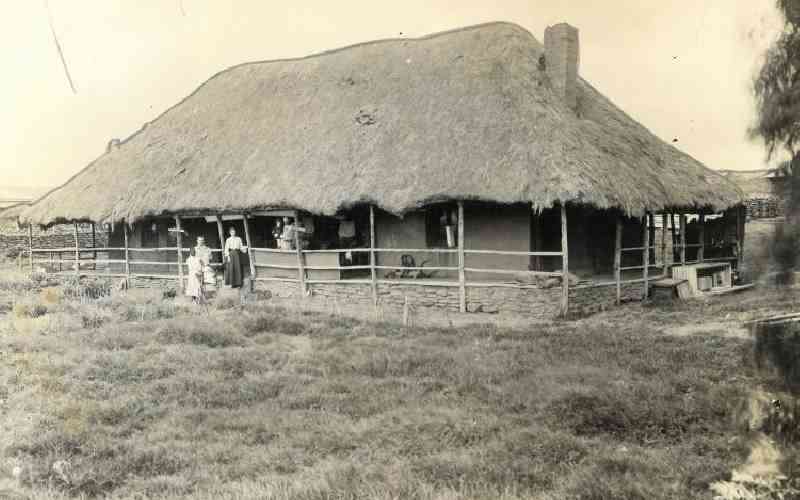
Could it be that the chaotic madness that seizes motorists driving past Naivasha to and from Nairobi is grounded in history? Is there also a possibility that the ghosts of the town's founders still inspire fun lovers, who at times indulge in debauchery?
A peek into Naivasha's history reveals a place plagued by natural and man-made calamities even though aristocrats who gave it character have been dismissed by historian John Lonsdale as a bunch of murderers, adulterers and drunkards who were escaping the European winter.
Although Naivasha is today at the centre of debate following the rise and fall of the dry inland port, which had been established by President Uhuru Kenyatta's administration, the town is no stranger to such infamy.
Its character was shaped on November 26, 1895, when a caravan of 1,400 porters and traders returning from Eldama Ravine snatched two Maasai girls, triggering a battle which degenerated into Kenya's first recorded massacre. In retaliation, Maasai morans ambushed the aggressors and killed 644 of them. They, too, lost 40 of their own.
As the spiral of violence continued, an English trader, Andrew Dick, struck back killing over 100 morans and capturing 200 head of cattle. He was, however, killed.
When rail workers later attempted to establish a camp in Naivasha, they were horrified to find shining skulls of the victims scattered along Kedong Valley.
They opted to establish a station further away nearer the lake where, the first white man to set foot in the area, Dr Gustav Fischer of the Hamburg Geographical Society, had camped way back on May 11, 1883 as he attempted to find a new route to Uganda.
The use of land as a currency in Naivasha can, however, be traced to 1900 when a former railway engineer, Herbert Storey, was injured as he shot antelopes leading to the amputation of his hand without anesthesia. He was gifted a piece of land as compensation. This is where he put up some commercial buildings for lease to Indian traders. He also established a liquor store and later the Rift Valley Hotel in 1904.
By this time, the appetite for land around Naivasha had increased to an extent that the Maasai were tricked out of the area through dubious agreements.
At the time, the community was unable to resist such overtures as they had been decimated by inter-clan wars, rinderpest, small pox and drought, which reduced their herds by 70 per cent while the community had only 40,000 people.
Today, as the railway - which reached Naivasha in 1899 - is facing a rebirth, squabbles over land in Naivasha and Kedong Valley still persist and so do wisps of gossips rekindling the Happy Valley days of the 1930s whenever there are festivities. The skulls are long gone, but sporadic gunfire still echoes around Naivasha as its past confronts its future.
 The Standard Group Plc is a multi-media organization with investments in media platforms spanning newspaper print
operations, television, radio broadcasting, digital and online services. The Standard Group is recognized as a
leading multi-media house in Kenya with a key influence in matters of national and international interest.
The Standard Group Plc is a multi-media organization with investments in media platforms spanning newspaper print
operations, television, radio broadcasting, digital and online services. The Standard Group is recognized as a
leading multi-media house in Kenya with a key influence in matters of national and international interest.

